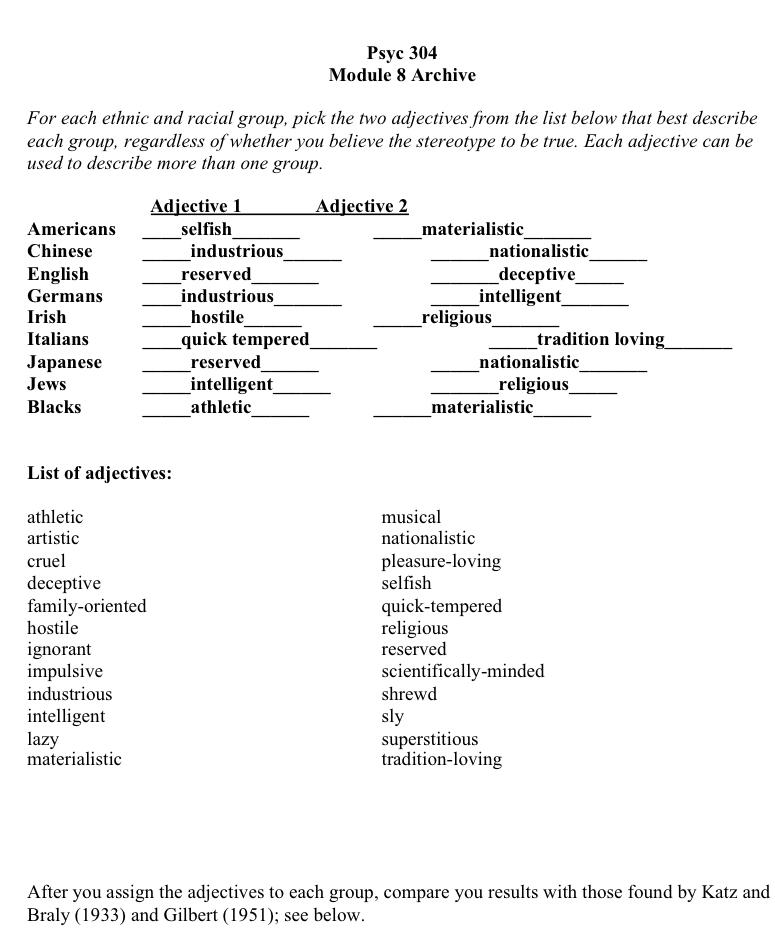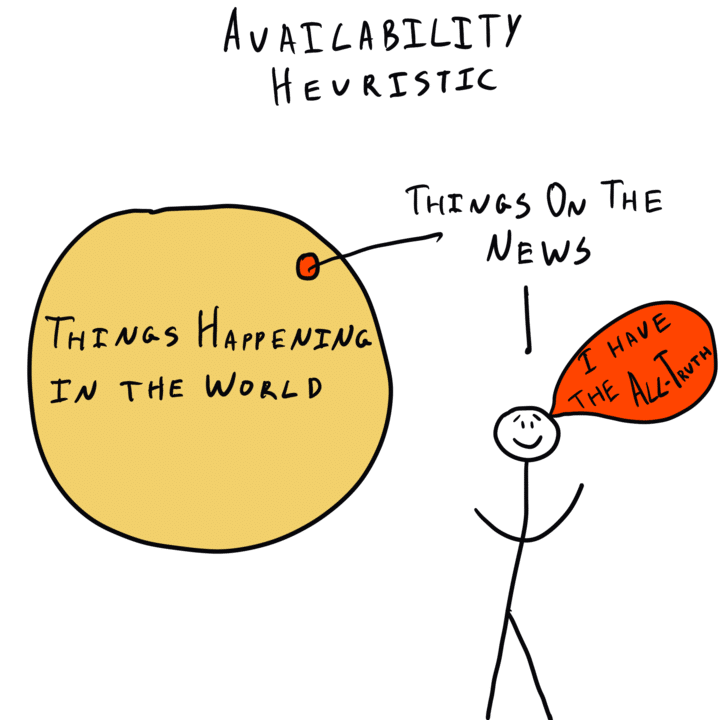Top Artifact 3

My number 3 top artifact comes from module 12. This artifact had us circling statements from a list of statements, that we believed to show aggression. Statements such as “two men fight for a piece of bread” or “a girl scout tries to assist an elderly woman, but she trips her by accident” were example of some of the statements. They ranged from obviously aggressive to vague in description. After we were finished circling the statements, we were asked to discuss them.
I found this artifact interesting because we were forced to look at aggression in many different perspectives. Issues involving living vs. non-living, or accident vs. intention were asked to be discussed and they brought up questions that I never really thought of before. In conclusion to the assignment, I learned that maybe aggression isn’t as “black and white” as someone balling up their fist and maybe that I’m looking at certain things as aggressive, when they’re not. I thought this lesson is also important in “slowing” down to better observe someone’s actions so I can better judge if they’re being aggressive or not. Conversely, this assignment also allowed me to look at some of my actions and see if they can come off as aggressive.
For my visual representation I chose a cat looking into a mirror because I think aggression can be best perceived like this. Someone may look or act like a lion, but really be just a cat. It’s best not to judge too quickly.
Top Artifact 2

The module with the item to archive that resonated with me most was module 8. In this we were given a list of many different races of people and we had to give them two adjectives that fit their stereotypes. Once we had the list filled out, we compared it to the results from Katzand Braly from 1933 and Gilbert from 1951. The results from all three periods were different from each other, but relative to the times.
For example, in the 30s, blacks had nothing but negative adjectives, but in the 50s, after desegregation began, they still had negative adjectives, but one of them was replaced by a positive one. It wasn’t positive compared to the dominant races, but it was positive compared to what was there before. This “item to archive” was fascinating to me because I look at my list and I have the same effects. The stereotypes being given to people were not true, but it was how those people were perceived by others in that time. Eventually they were more informed, but it seems like it will always change depending on who’s the majority and how they’re perceiving the value of the minorities. My visual representation is my own personal results. I think the questionnaire is flawed to begin with because how is a person supposed to separate an “American” from “Blacks” when Germans, Jews, etc are easily distinguishable are Blacks considered so different that they get bunched into one while Germans and Americans are separated? Is it about race or nationality?
Top Artifact 1
The top artifact that I’m choosing is from module 4 on social cognition. This artifact has us watch a 20/20 report on whether we are scaring ourselves with the media titled, “Are We Scaring Ourselves to Death?” Throughout the episode, which was clearly shot in the 80s, the reporter asked citizens what they thought about certain dangers and how the media was influencing their fears.
Watching this in conjunction with the learning from the module showed me how and why people could be scaring themselves to death because of heuristics. I always knew this phenomenon as intuition or “trusting your gut”, but the text explained it in a way to help me understand better. For example, one of the things in the video that they showed was how fearful people are of dying in an airplane crash even though they’re way more likely to die in a car crash or even smoking. This is due to availability heuristics and how people will come up with illogical conclusions on something because it’s the easiest and fastest solution their minds can come up with for a problem.

You will be prompted, weekly, for various items to archive. Please refer to the Google Docs document in the e-Portfolio folder in Bb, which will provide tips on how to store and organize these artifacts. By the time this component of your eP is due, you will have a rich repository from which to draw. You will choose the top five artifacts that you believe best represent your learning experience in this course. Each item should contain a representative picture and a summary for why it was selected, including why it is representative of your learning experience.